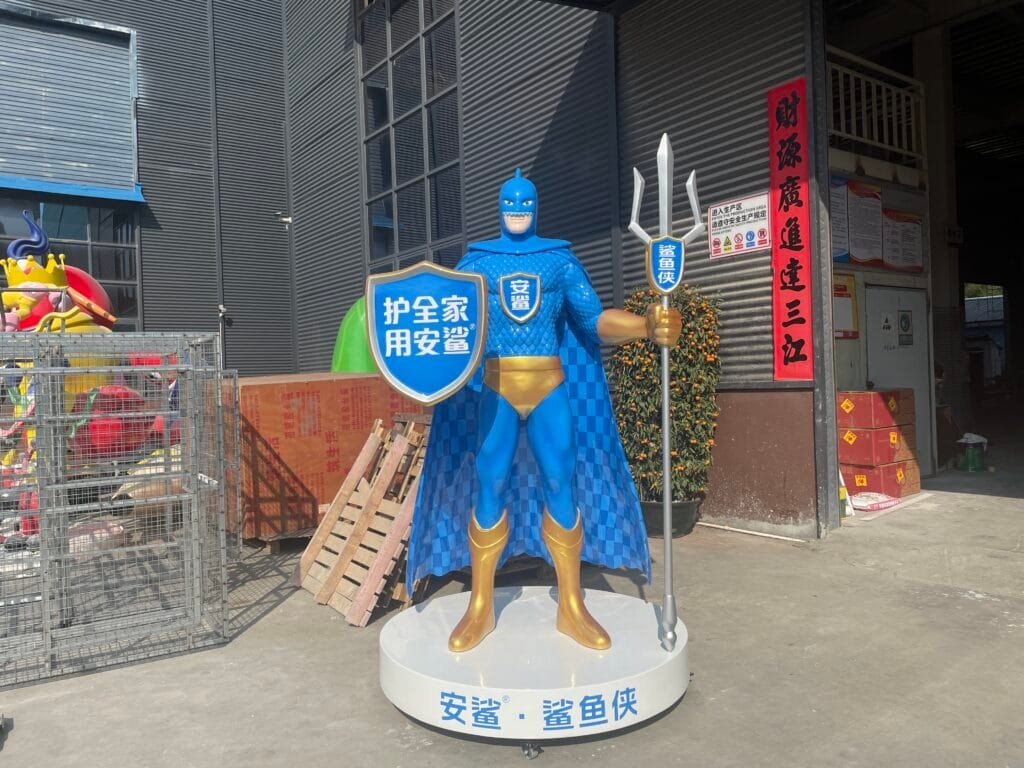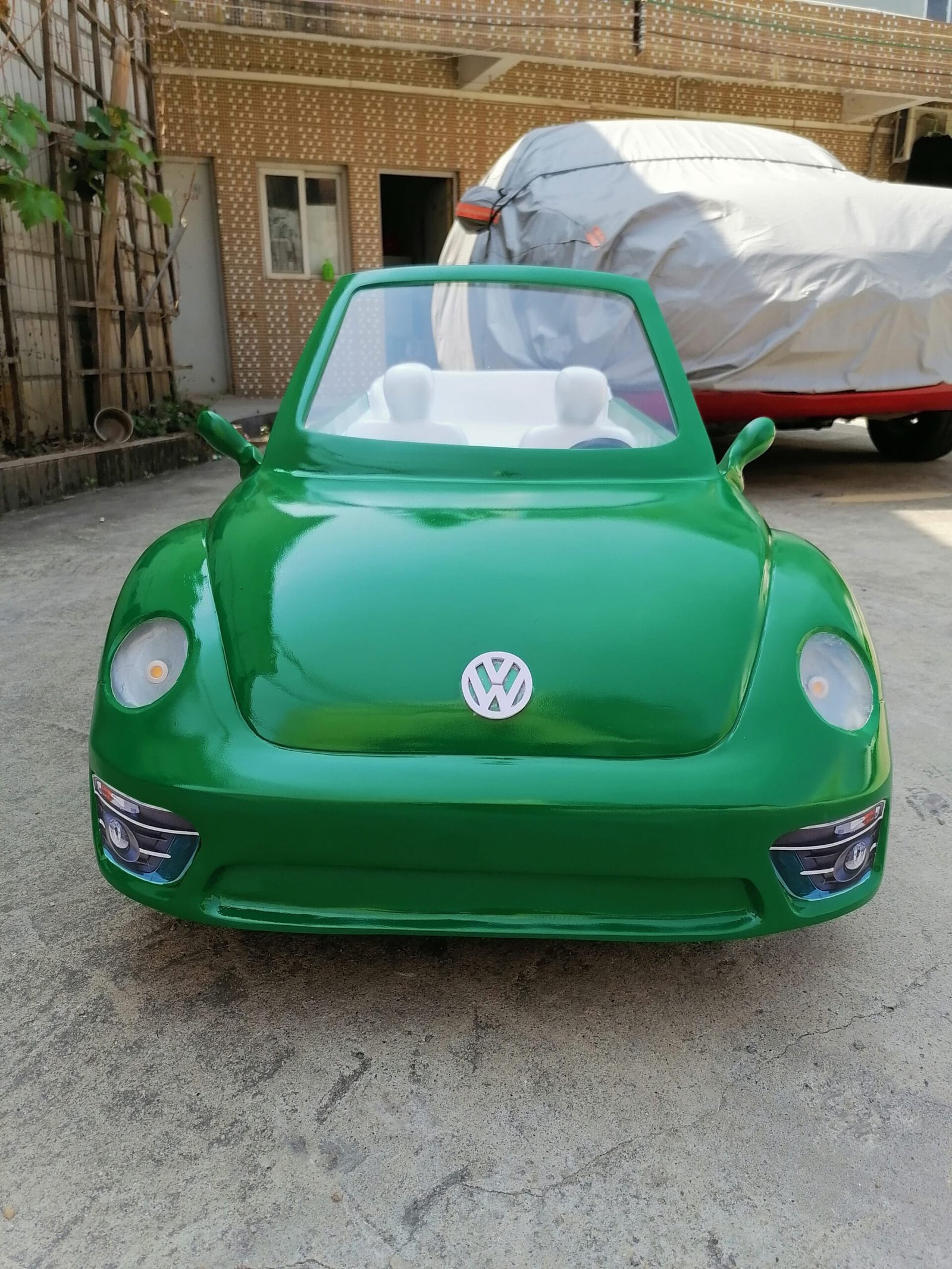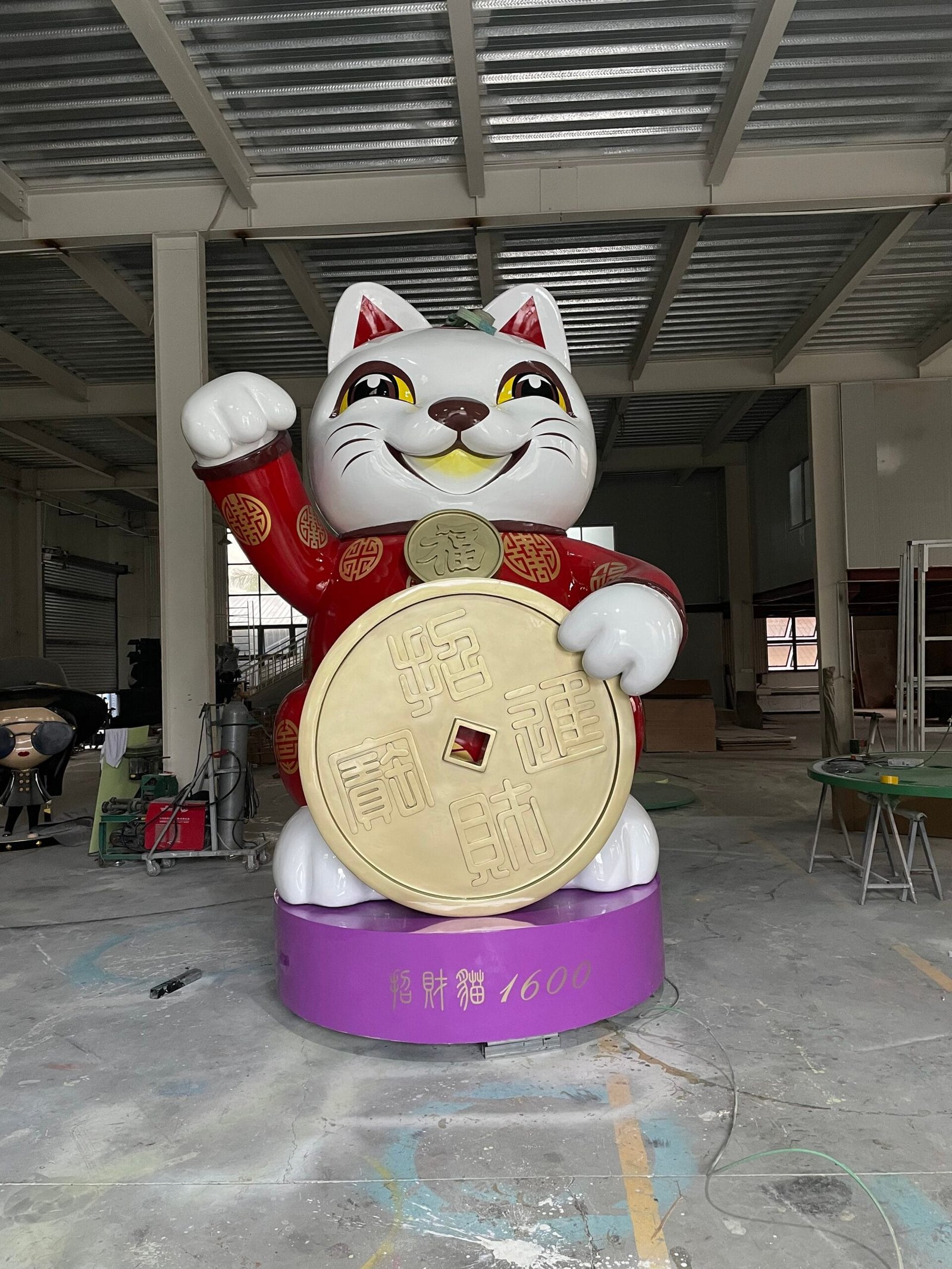Introduction: The Growing Role of Stainless Steel in Landscape Design
In modern landscape design, stainless steel sculptures have emerged as striking focal points that combine aesthetics with durability. Known for their sleek appearance and reflective qualities, these sculptures elevate outdoor spaces by adding an element of sophistication. From urban parks to private gardens, stainless steel art pieces embody innovation and contemporary design, making them popular among architects and designers.
However, while stainless steel offers numerous advantages, it also comes with certain challenges. This article delves into the unique benefits and potential drawbacks of using stainless steel sculptures in landscape design and explores strategies to overcome common obstacles.
1. The Highlights of Stainless Steel Sculptures
Timeless Aesthetic Appeal
Stainless steel sculptures boast a modern and elegant aesthetic. Their reflective surfaces interact beautifully with light, creating dynamic visual effects that change with the time of day. Whether designed as abstract forms or intricate patterns, these sculptures enhance any landscape by blending artistic creativity with the surrounding environment.
Additionally, stainless steel can be polished, brushed, or finished with a matte texture, offering flexibility for diverse design concepts. Its ability to harmonize with natural elements, such as greenery or water, makes it an ideal material for outdoor art installations.
Durability in Outdoor Environments
One of stainless steel’s standout features is its resilience. Unlike wood or iron, stainless steel resists rust and corrosion, even when exposed to rain, humidity, and UV rays. This durability ensures that sculptures remain visually appealing and structurally sound over time, reducing the need for frequent replacements.
Moreover, stainless steel sculptures require minimal maintenance compared to other materials. A routine cleaning schedule can easily remove dust, dirt, or grime, keeping the piece in pristine condition.
Flexibility in Design
Stainless steel is a versatile material that allows designers to bring even the most complex ideas to life. Its malleability makes it suitable for large-scale installations or intricate designs, giving artists and architects the freedom to experiment with shapes and textures.
Furthermore, stainless steel integrates well with other materials, such as glass, stone, or wood. Combining these materials can produce unique, multi-dimensional sculptures that stand out in any setting.
2. The Challenges of Stainless Steel Sculptures
High Costs
While stainless steel offers numerous benefits, it is not the most budget-friendly option. The cost of raw materials, combined with specialized fabrication and finishing processes, can significantly increase the overall project budget.
As a result, smaller projects may require careful planning or alternative materials to balance costs without compromising design quality.
Environmental Considerations
Although stainless steel resists most environmental factors, specific conditions, such as salty air in coastal areas, can lead to staining or pitting over time. These issues may require additional treatments or protective coatings, adding to the sculpture’s maintenance needs.
In addition, polished stainless steel surfaces can show fingerprints and smudges, especially in high-traffic areas, requiring more frequent cleaning to maintain their visual appeal.
Installation Complexity
The weight and structural requirements of stainless steel sculptures can complicate transportation and installation. Large-scale pieces often demand heavy machinery, skilled labor, and precise anchoring techniques to ensure stability.
Moreover, designers and installers must account for safety considerations, especially in public spaces where sculptures may interact with large crowds or unpredictable weather conditions.
3. Integrating Stainless Steel Sculptures into Landscape Design
Strategic Placement
To maximize the impact of stainless steel sculptures, designers should carefully select their placement. Key considerations include:
- Visibility: Placing the sculpture in a prominent location ensures it becomes a focal point for the space.
- Interaction: Positioning the piece where visitors can engage with it encourages a stronger emotional connection.
- Lighting: Using both natural and artificial lighting enhances the sculpture’s reflective qualities, creating an eye-catching display.
Combining Art with Function
Stainless steel sculptures can serve both artistic and functional purposes in landscape design. For instance:
- Landmarks: Large-scale sculptures can define spaces, acting as recognizable landmarks in urban areas.
- Water Features: Integrating sculptures with fountains or ponds adds movement and sound, creating a more dynamic landscape.
Additionally, these pieces can incorporate interactive elements, such as seating areas or kinetic components, to make them more engaging for visitors.
Emphasizing Sustainability
Stainless steel stands out as a sustainable material due to its recyclability and long lifespan. By incorporating eco-friendly practices during production and installation, designers can align these sculptures with broader sustainability goals.
For example, sourcing recycled stainless steel reduces environmental impact while maintaining the material’s strength and beauty.
Conclusion: Enhancing Landscapes with Stainless Steel
Stainless steel sculptures have redefined modern landscape design by merging durability with timeless aesthetics. Their ability to withstand harsh conditions while maintaining visual appeal makes them a reliable choice for outdoor installations. Although challenges such as cost and maintenance exist, careful planning and innovative approaches can help designers maximize their potential.
By integrating stainless steel sculptures into landscapes, architects and artists can create inspiring spaces that resonate with viewers and elevate the environment. Whether for public parks, private gardens, or urban plazas, these sculptures remain a testament to creativity and resilience in design.





